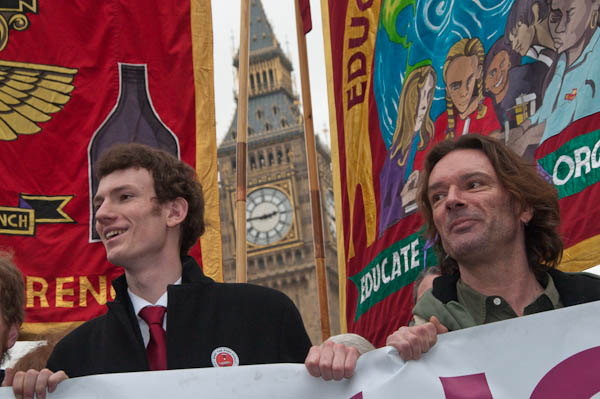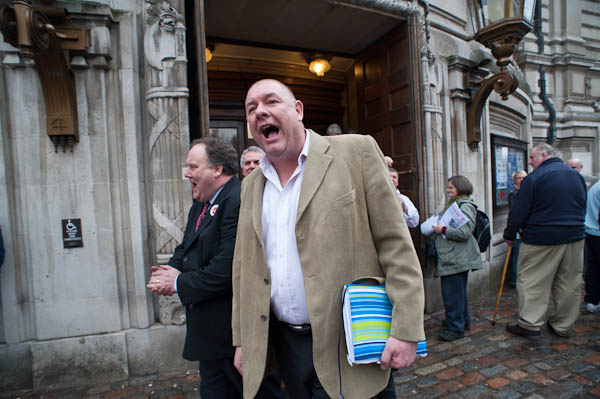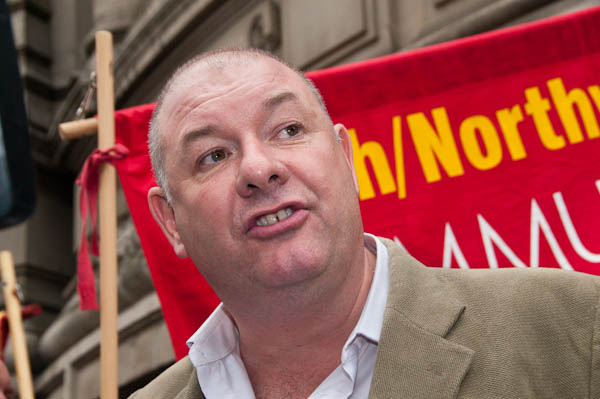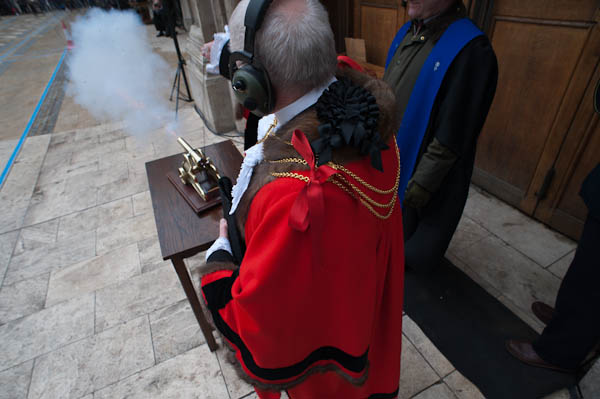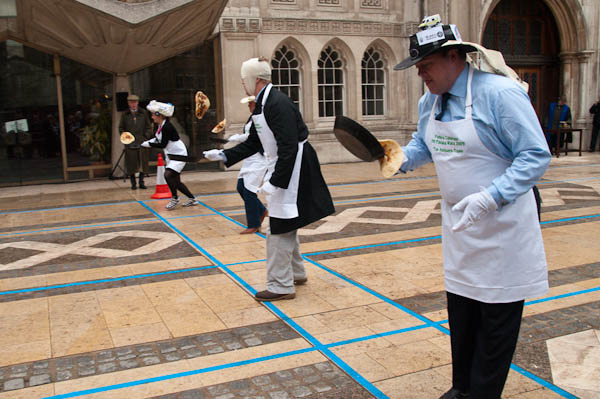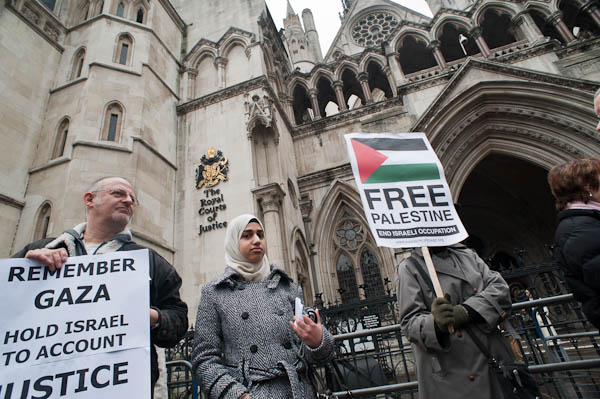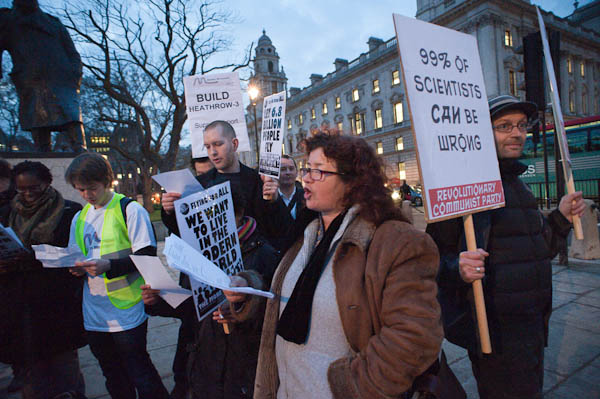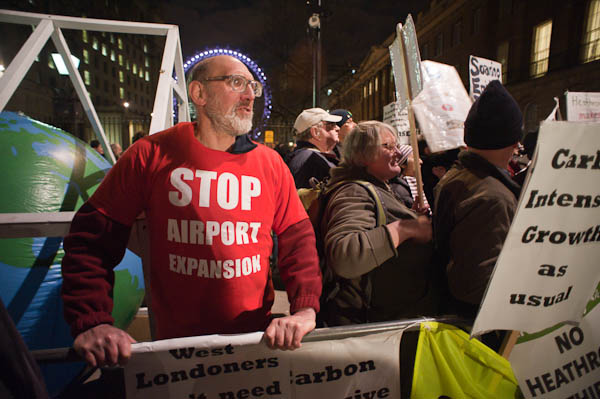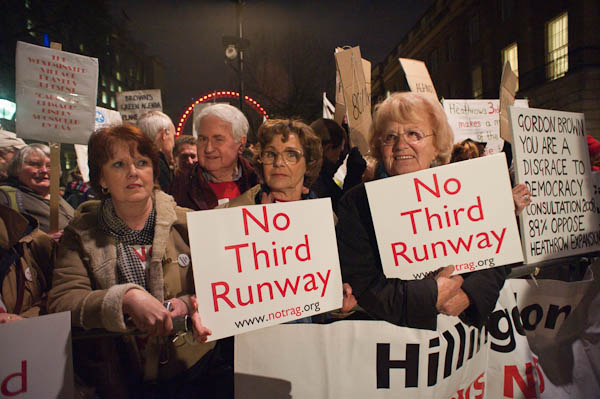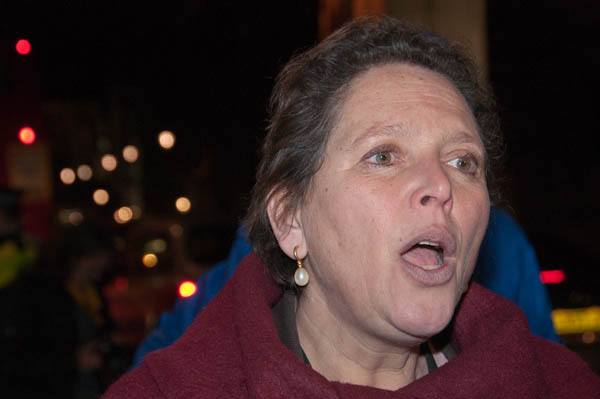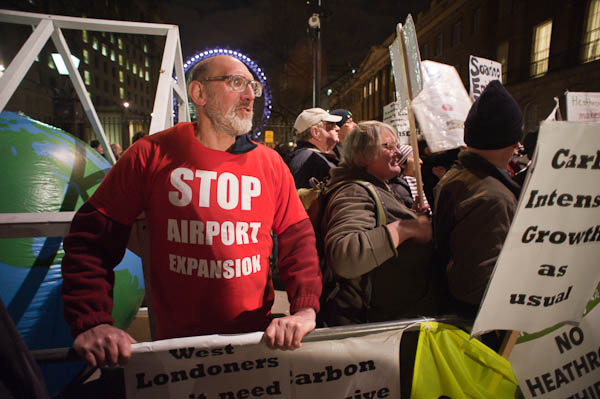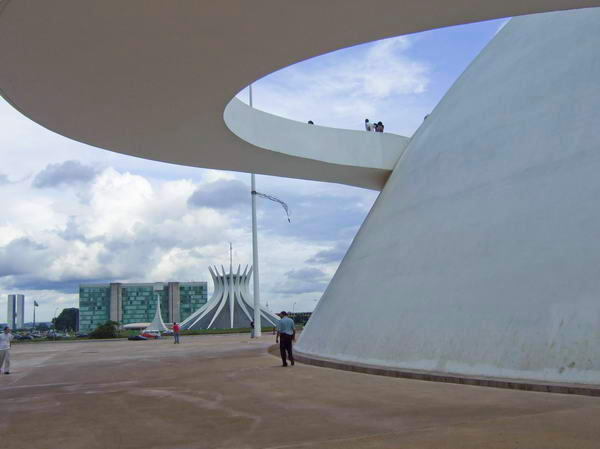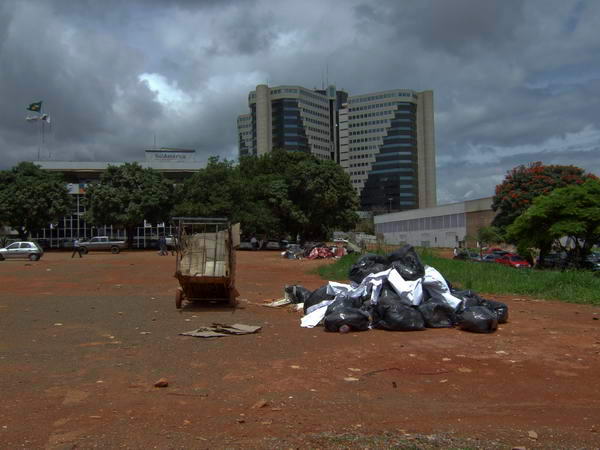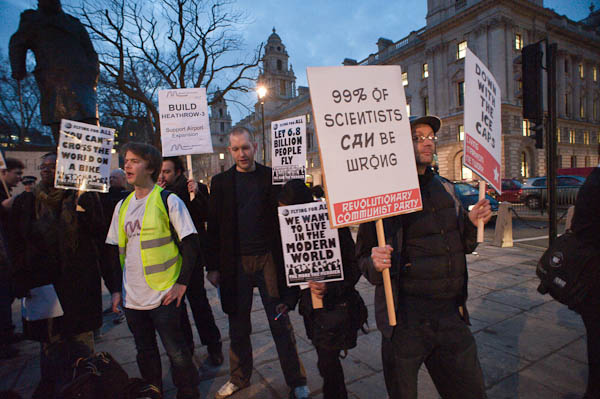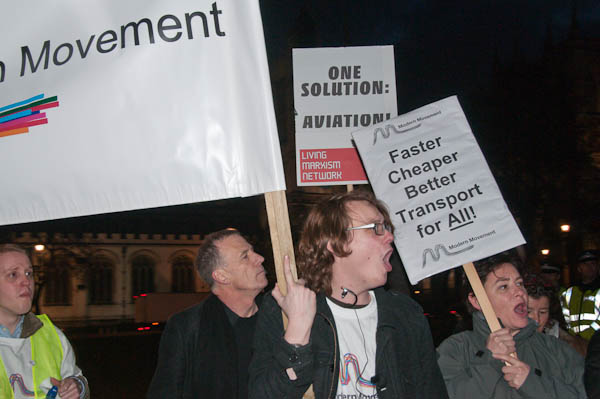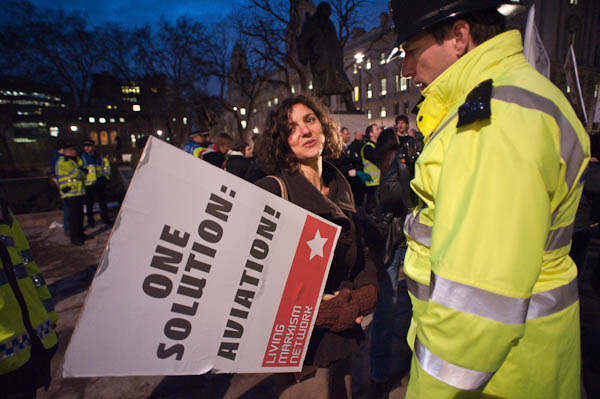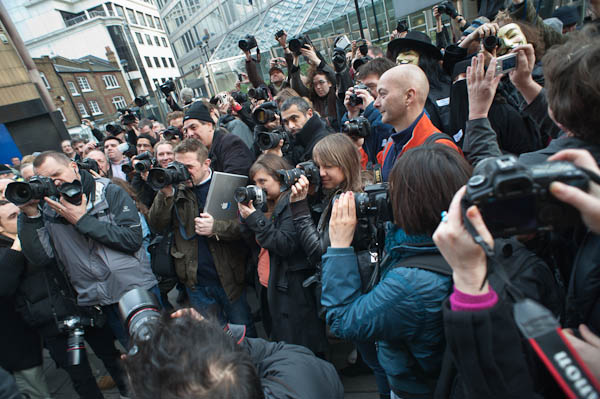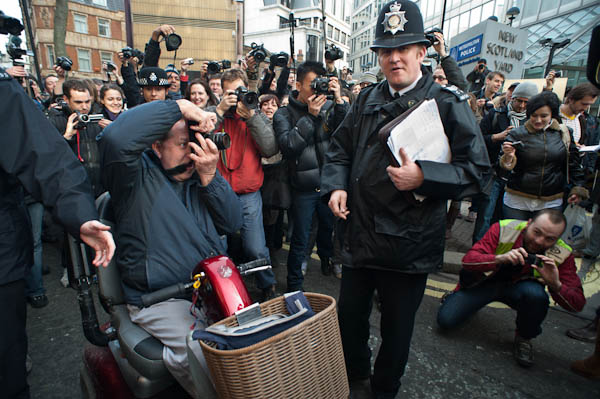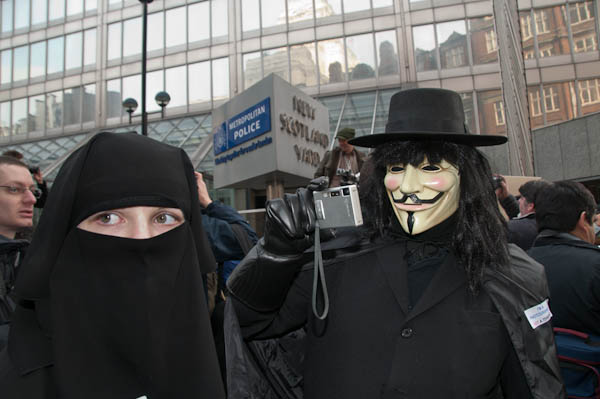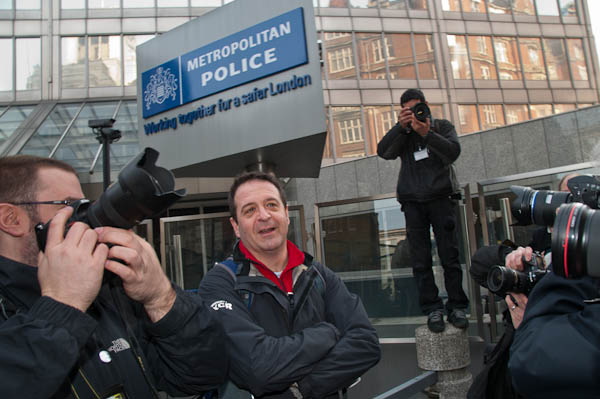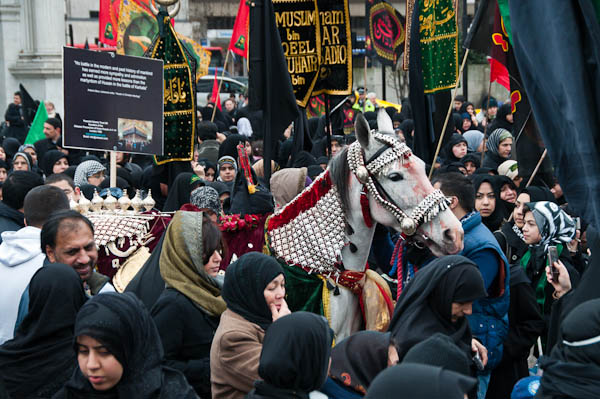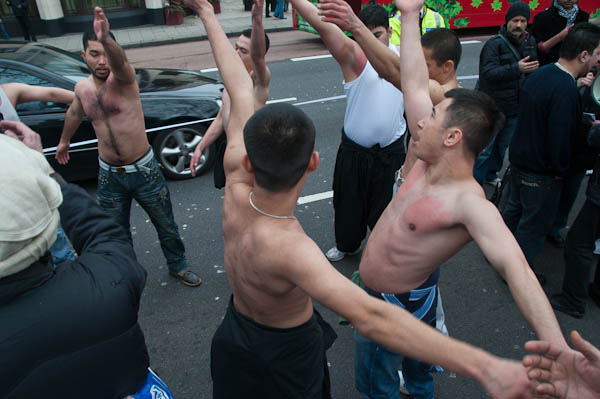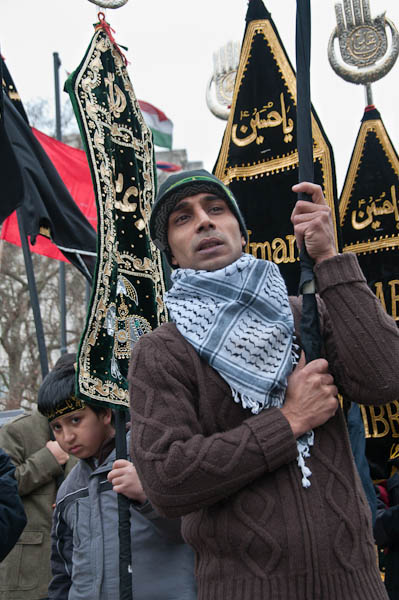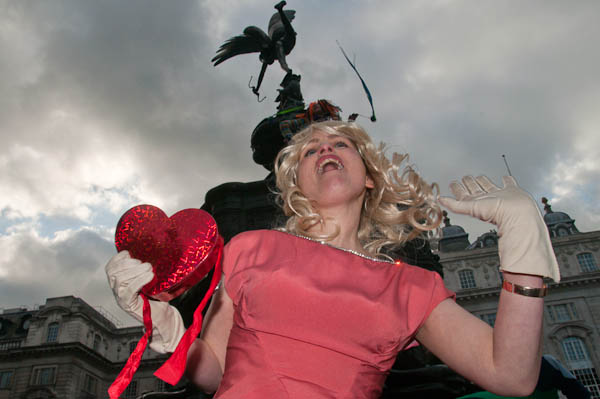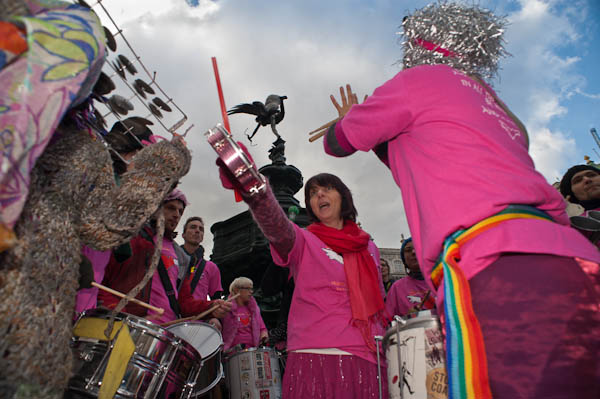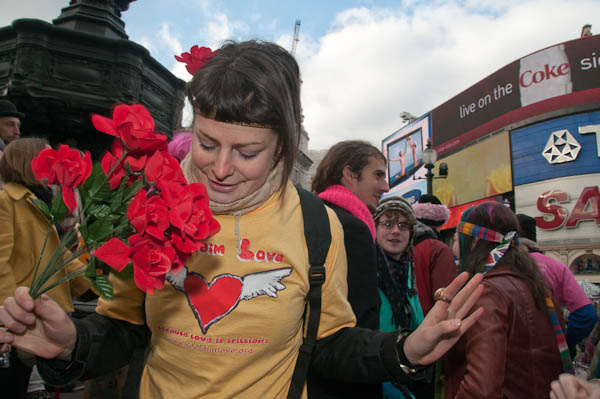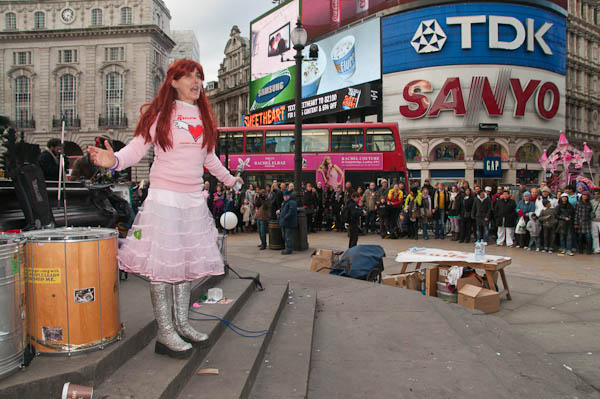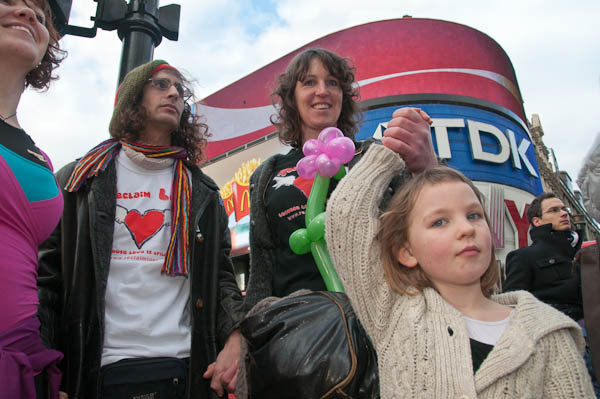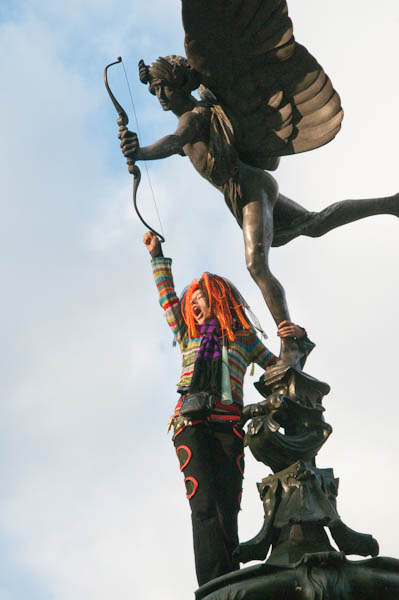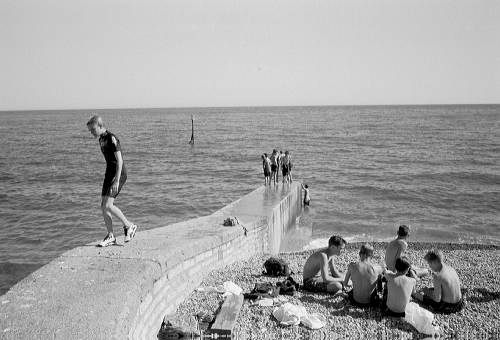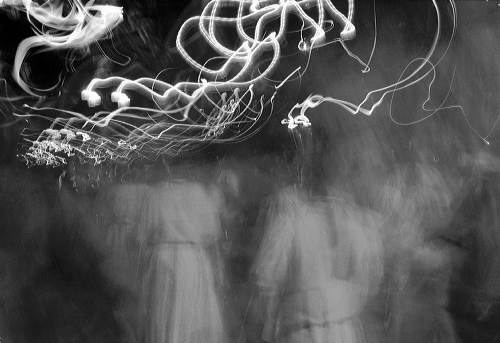There were I’m afraid no surprises at tonight’s opening of the show of the four shortlisted for the Deutsche Börse photography prize at the London Photographers’ Gallery, except that the wine ran out before I had got a second glass.
Tod Papageorge‘s work from Central Park afflicted me with the same ennui it had generated on its previous viewing at the Michael Hoppen Gallery, where the main interest had been that one print was shown upside down (this time they all seemed the right way up.)
His pictures of the park taken over twenty-two years, although very highly praised by some, have to me the air of an amateur, little slices of life, observations of little consequence. Immaculately presented, they are printed with a curious tonality that renders flesh more as cold porcelain than living flesh or anything with warmth or humanity. It looks somewhat better on the web than on the wall partly because the tones are more normal there, but also because the large prints seem to to emphasize the vacuity of some of the images.
Papageorge has produced some interesting books, notably that showing the similarities in the major works of Walker Evans and Robert Frank, American Photographs and The Americans, arguably the two most important American photography books of the twentieth century.
The selection of images on show here did nothing to improve my view of his photography. Papageorge is highly regarded as a teacher, and definitely is a great promoter of his students and former students, but as a photographer he has always seemed an also-ran.
Paul Graham‘s work from the book a shimmer of possibility, described somewhere on the wall as ‘haikus’, lacked any photographic coherence so far as I was concerned. A haiku is perhaps a form that creates an instant flash of recognition, a seventeen mora that create an image, a single moment. Here we had stilted, repetitive and poorly exposed frames that to me resembled more the stuttering of a partially sighted person with severe learning difficulties. The programme notes describe them as photographic short stories, but I don’t feel they had a story. Frankly I could see no value at all in these works, although some of Graham’s earlier work – such as his Beyond Caring (1984-85) still appeal.
The work of Emily Jacir is interesting but seemed to me to have no place in a photographic gallery – as the gallery notes clearly state, hers is the work of an archivist, activist and poet. Not a photographer. On display were the notes and the artifacts collected by her in a study of the assassinaion of Wael Zualter, a Palestinian intellectual assassinated by Israeli secret service agents in ROme in 1972. These include a letter written by Alberto Moravia recommending him to to Jean-Paul Sartre, and another handwritten list of the Mossad agents involved in his assassination. Is it’s inclusion here a suggestion that we should all abandon photography entirely? Like those Camera Clubs that turned over to bicycling when the photographic craze abated?
For me the outstanding work of the four finalists came from Taryn Simon, whose ‘An American Index of the Hidden and Unfamiliar‘ gained the 2008 Infinity Award for publishing from the ICP, and was one of the few decent shows to grace the Photographers Gallery in recent times.
In the unlikely event that I was a member of the panel deciding on the winner of the DB prize, a short walk around the gallery would have convinced me to sidestep the four shortlisted choices and award it instead to Guy Tillim, not actually for the few of his large prints on the wall but for the book of them, Avenue Patrice Lumumba. This work is currently also on show at the Fondation Henri Cartier-Bresson in Paris and will also be shown at Foam Photography Museum in Amsterdam and the Serralves Museum in Porto, Portugal, and looks a very likely candidate for next year’s Deutsche Börse prize – assuming the bank stays solvent.
But I hesitate to make predictions as to who will win, given the fate of those I’ve tipped in previous years. If the prize was to be awarded on the basis of the photography on show, for me Simon would be the only choice. But Jacir has politics, and the Palestinian situation very much on her side – despite the fact she isn’t a photographer. Papageorge is undoubtedly the biggest name in the world of photography among the four, even if not largely known for his pictures. Graham seems too dark a horse to even consider. But I won’t be making any bets.
